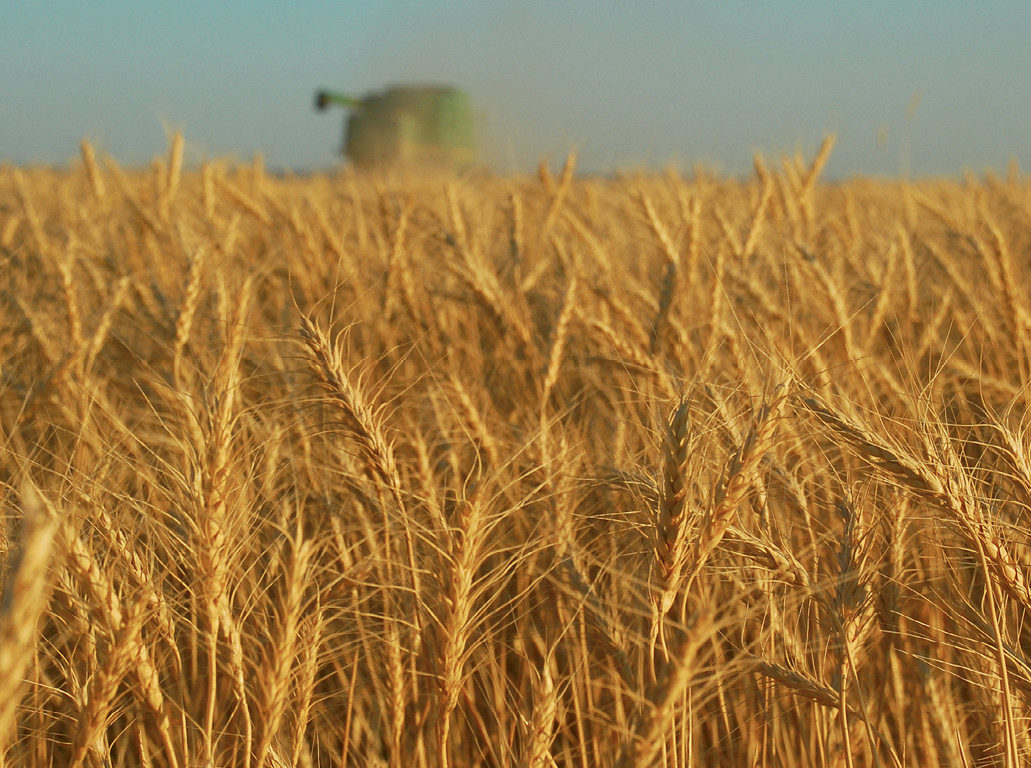No-Till Farmer
Get full access NOW to the most comprehensive, powerful and easy-to-use online resource for no-tillage practices. Just one good idea will pay for your subscription hundreds of times over.

Rotation is good. The earth’s rotation keeps our feet flat on the ground. Rotating tires ensures even wear. And rotating wheat with your no-till corn and soybeans can lead to good things, too.
“Wheat has a fibrous root structure that is more like a prairie grass. Those grasses are the reason we have such wonderful soils in the tall-grass and mixed-grass prairies throughout and just west of the Corn Belt,” says Dwayne Beck, manager of the Dakota Lakes Research Farm in Pierre, S.D.
He says imitating nature is a great way to improve soils and overall production for all crops. By adding wheat, producers can come close to imitating that natural mix, boosting residue and organic matter.
“Even in no-till, a corn-soybean rotation depletes overall soil organic matter levels,” Beck says. “With soybeans, you lose organic matter; with corn, you usually break even or build a bit. In a corn-soybean rotation, you are likely losing organic matter, especially compared to native vegetation.
“Add wheat — a high-residue crop — to the rotation, and you start to tip things in your favor. Using high-residue cover crops helps even more.”
And the diversity wheat brings is essential for long-term viability of all crops and technologies, Beck adds.
“Corn and soybeans isn’t a rotation — it’s a two-crop monoculture,” Beck says. “It’s too predictable and gives pests, such as the corn rootworm beetle and the soybean variant corn rootworm beetle, the chance to adapt.
“Using Bt varieties can help, but doing continuous corn…